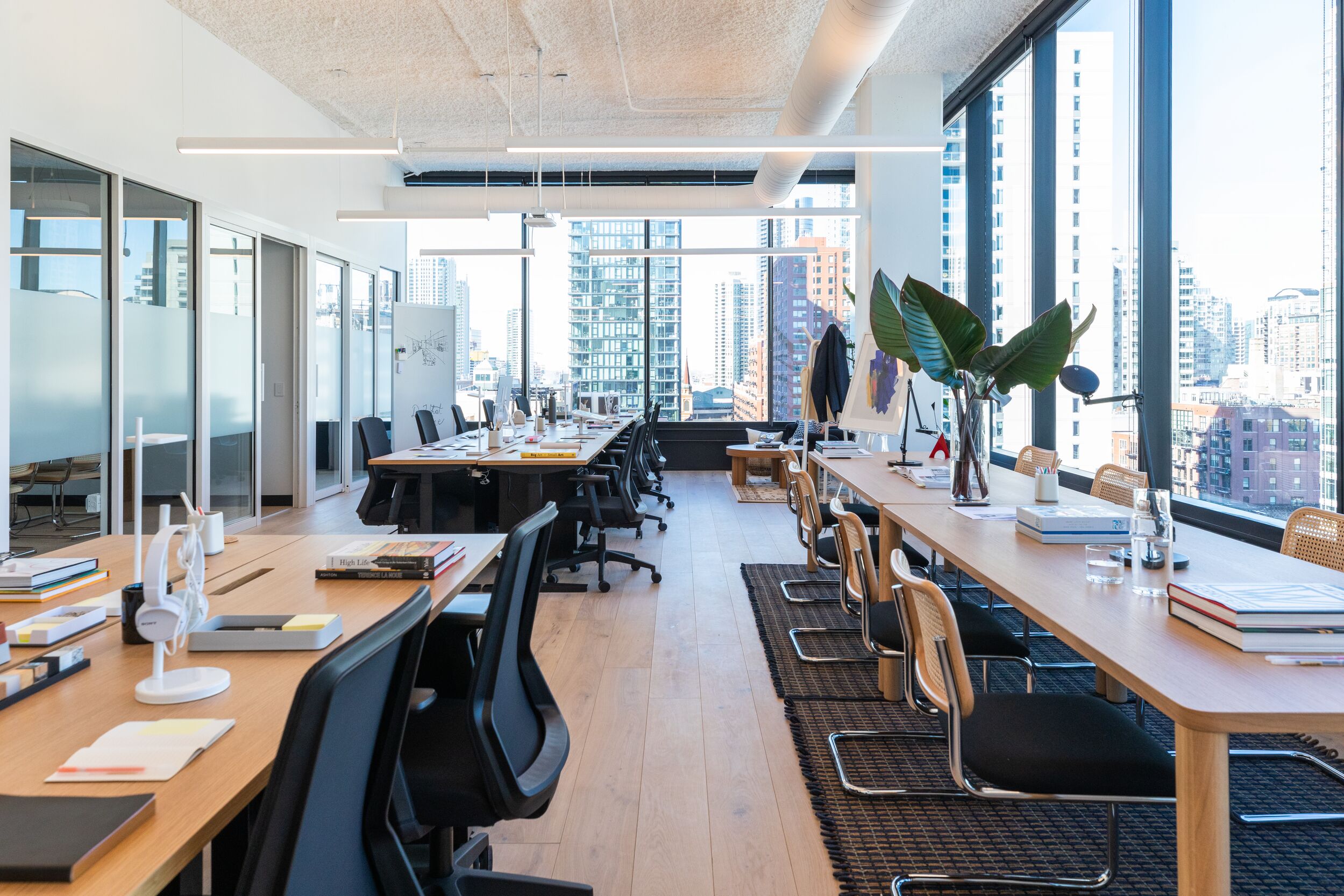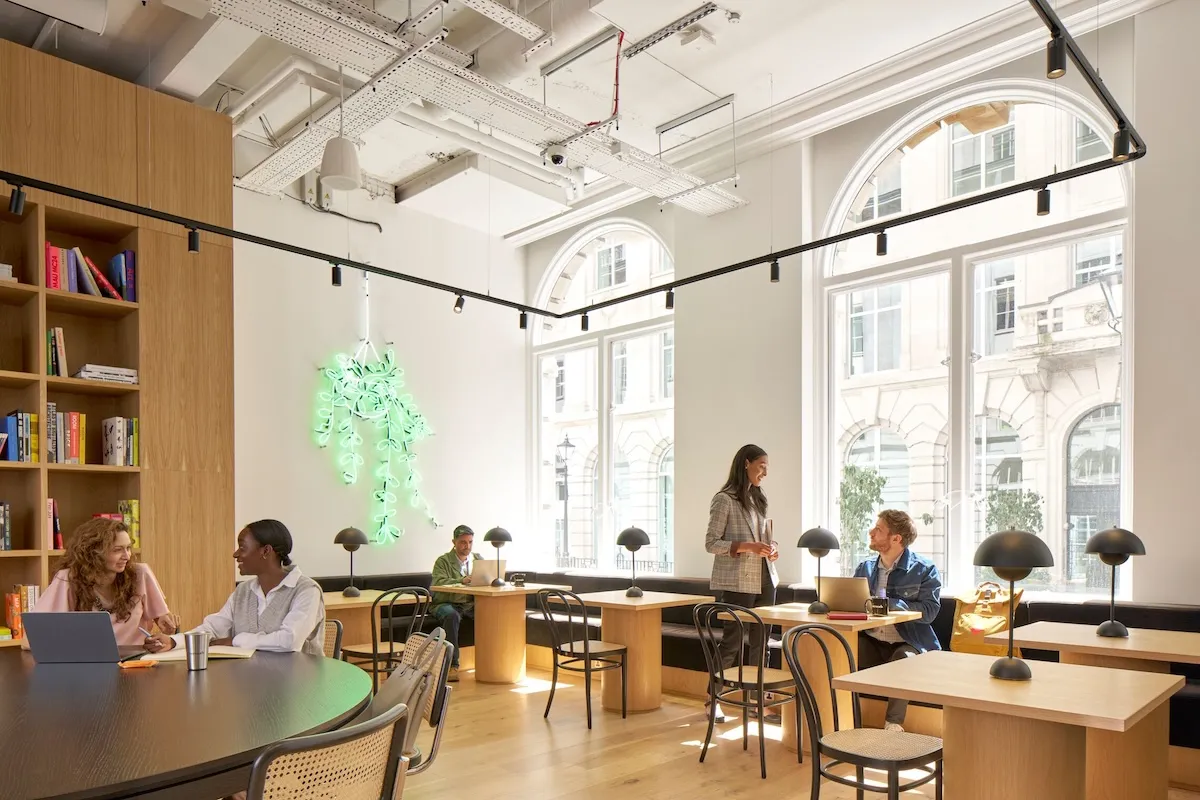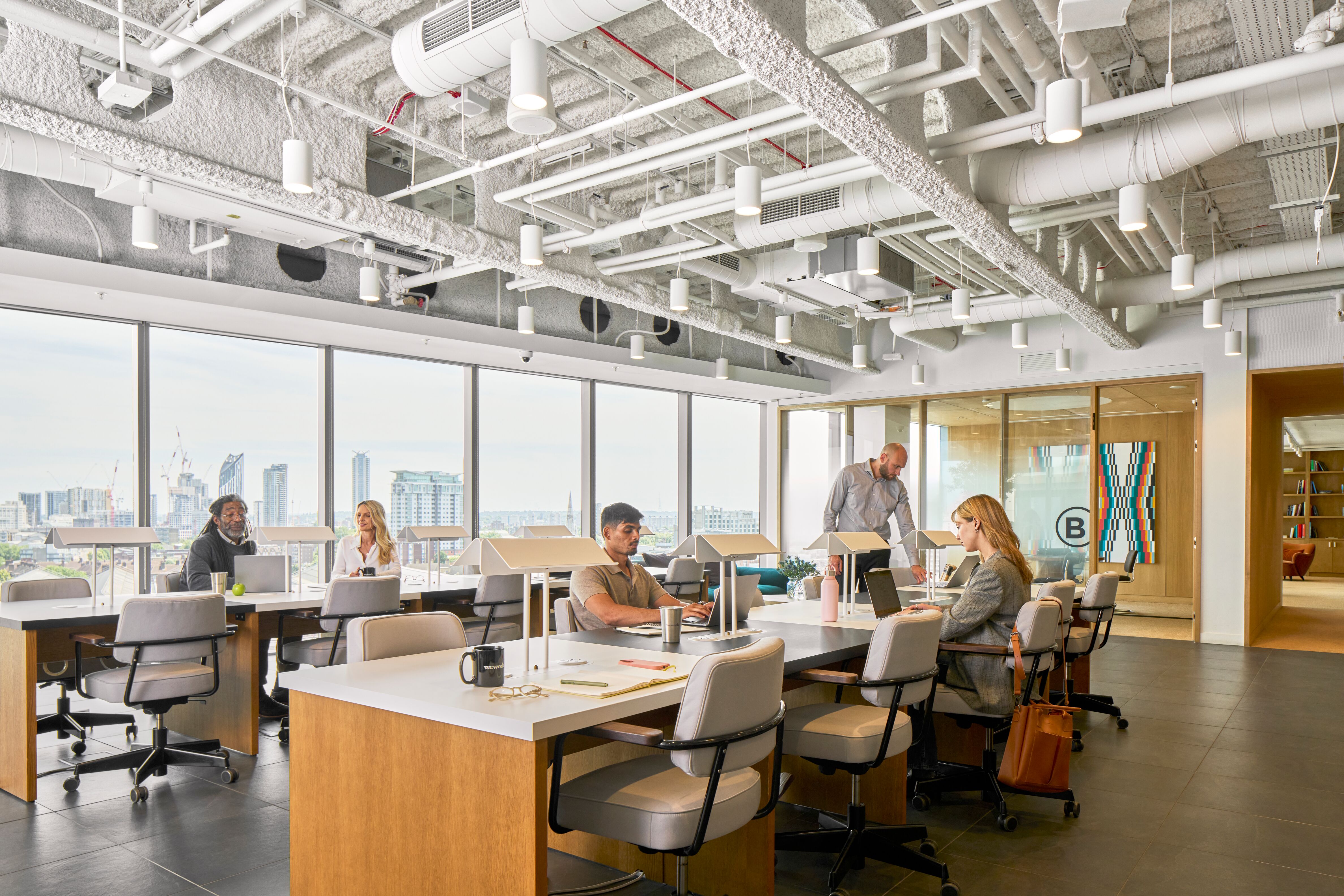The whoosh of the steam wand. The clanking of cutlery. The murmur of conversation. For many of us, the background clamor of the local coffee shop is the soundtrack to the working day. With WiFi, ready access to blueberry muffins, and as much caffeine as your body can handle, it’s little wonder that the coffee shop became synonymous with the freelancing lifestyle.
But if you can work from anywhere there’s a power outlet, why limit yourself to your local café? The past few years have seen a dramatic change in how and where we do our work. We’re more aware of the importance of striking a healthy work-life balance, and keeping our home and workspaces physically and mentally separated. For remote workers, that means finding decent alternatives to working from home.
Best alternatives to working from home or the coffee shop
Before we consider some of the best places to work remotely, let’s take a look at some of the biggest drawbacks to working at a coffee shop.
- You aren’t guaranteed a seat. How often have you stopped by your local coffee shop only to find every table occupied? Unless you want to camp outside the entrance before opening time, claiming your favorite seat—or any seat for that matter—is up to chance.
- You can’t take phone calls or join video meetings. The ambient sounds of the coffee shop can boost your concentration, but that same background noise leaves you unable to take calls, listen to audio from your laptop, or participate in video calls (at least without attracting death stares from your fellow customers).
- It might not be COVID-19 safe. Many coffee shops have removed tables or taped off chairs to keep customers socially distanced, but this isn’t always the case. You also can’t be certain when surfaces were last sanitized, or that other customers will be wearing their masks.
- You’re limited to your laptop. Working out of a coffee shop means you can’t print, scan, or be as productive as you would be in a properly equipped office. You might not even be able to plug in. Power-hungry freelancers pounce on electrical outlets like sharks circling their prey.
- The internet is unreliable. This can be a real problem if you’re working with large files. Coffee shops typically restrict internet speeds to ensure there’s enough bandwidth to go around, so your coffee will be ice cold by the time that 5-gigabyte file has finished uploading.
- It’s not secure. Coffee shops are the only place in the world where you’ll confidently ask a stranger to look after thousands of dollars worth of your stuff while you use the restroom.
- It gets expensive. Those $4 lattes start to add up fast. Three cups a day works out to a weekly bill of $60, and that’s before you include the cost of your midday chocolate caramel shortbread.
- It’s uncomfortable. Low tables, hard chairs, harsh lighting—coffee shop furniture simply isn’t designed to be used for extended periods. This can take a real toll on your body and posture. And with nowhere to safely store your stuff, you can’t take a break to go outside, exercise, and stretch.
- There are coffee shop rules. There’s etiquette to consider when working in a coffee shop. For example, it’s rude to use your laptop in a coffee shop without buying anything. It’s also bad form to nurse the same macchiato all day, so you should plan to buy something and then place another order at least every 90 minutes.
For many freelancers and remote workers, working from home may not be much better than working at a coffee shop. With spouses and roommates also working remotely, kids doing distance learning, needy pets, and domestic responsibilities to consider, having a quiet space conducive to productivity may prove challenging.
So where else can you go that provides free WiFi and a place to sit down? You’ve got a few options. Let’s take a look at the most popular alternatives to working from home or the local coffee shop.
A restaurant
With table service, and as much food and drink as you need, your favorite restaurant can seem like the perfect spot to set up shop for an afternoon. As long as you’re not taking up space during the lunchtime rush, many restaurants won’t mind you firing off a few emails after your meal, but most places will ask you to vacate the table for other diners if they begin to think you’re dawdling too long. Plugging in your laptop is also generally frowned upon, especially in busier restaurants.
A park
Working in a park on a sunny day sounds like the dream, right up until you try it. On a bench, you’ll have to precariously balance your laptop on your knees. On the grass, there’s no sitting position that doesn’t feel like torture after 10 minutes. The glare on your screen makes it impossible to see what you’re working on, and those shortsighted landscapers forgot to install electrical outlets. If you’re looking for more practical outdoor work areas, check out some of WeWork’s open-air terraces.
A hotel lobby
The lobbies of hotels provide an area for guests and their visitors to get some work done in a space that isn’t their room, but like coffee shops, they’re often deliberately designed to deter people from hanging around for too long. Designer chairs and tiny coffee tables make it difficult to get comfortable, and access to WiFi might be restricted to paying guests. The concierge will eventually ask you to leave if they suspect you’re not staying at the hotel, which can be a little awkward.
A library
Quiet and comfortable, your local library is a good alternative to working from home. Not only are libraries designed to be quiet, pleasant places to work, but they’re usually free to access. The downsides? Your nearest library might be too far away to be convenient, and like any public space, it can get super busy. You won’t be guaranteed a power outlet, and you might be unable to bring any food or drink with you.
A flexible workspace
Designed with a single function in mind, a shared workspace is an ideal solution for freelancers and remote workers looking for an alternative to home or the coffee shop. Flexible workspaces provide distraction-free rooms, chairs, and desks you can comfortably work at for long periods of time, and all the power and room you need for your essentials.
WeWork On Demand gives you access to productive workspaces and meeting rooms in 11 cities across the United States. You can book a day pass for a seat in a stylish workspace near to you, or reserve a meeting room by the hour for hosting clients in a professional setting. With WeWork All Access, you can unlock dedicated workspace in over 30 countries. And if you’re concerned about missing out on your caffeine fix, don’t worry: WeWork locations provide unlimited micro-roasted coffee, along with fast and reliable WiFi.
Rethinking your workspace?
You can search, book, and pay for available office space from $29 per day with the WeWork On Demand app. To get started, download the app and create an account to begin exploring WeWork On Demand locations near you. To unlock hundreds of WeWork locations globally, visit WeWork All Access and try out one month for free.
Steve Hogarty is a writer and journalist based in London. He is the travel editor of City AM newspaper and the deputy editor of City AM Magazine, where his work focuses on technology, travel, and entertainment.








